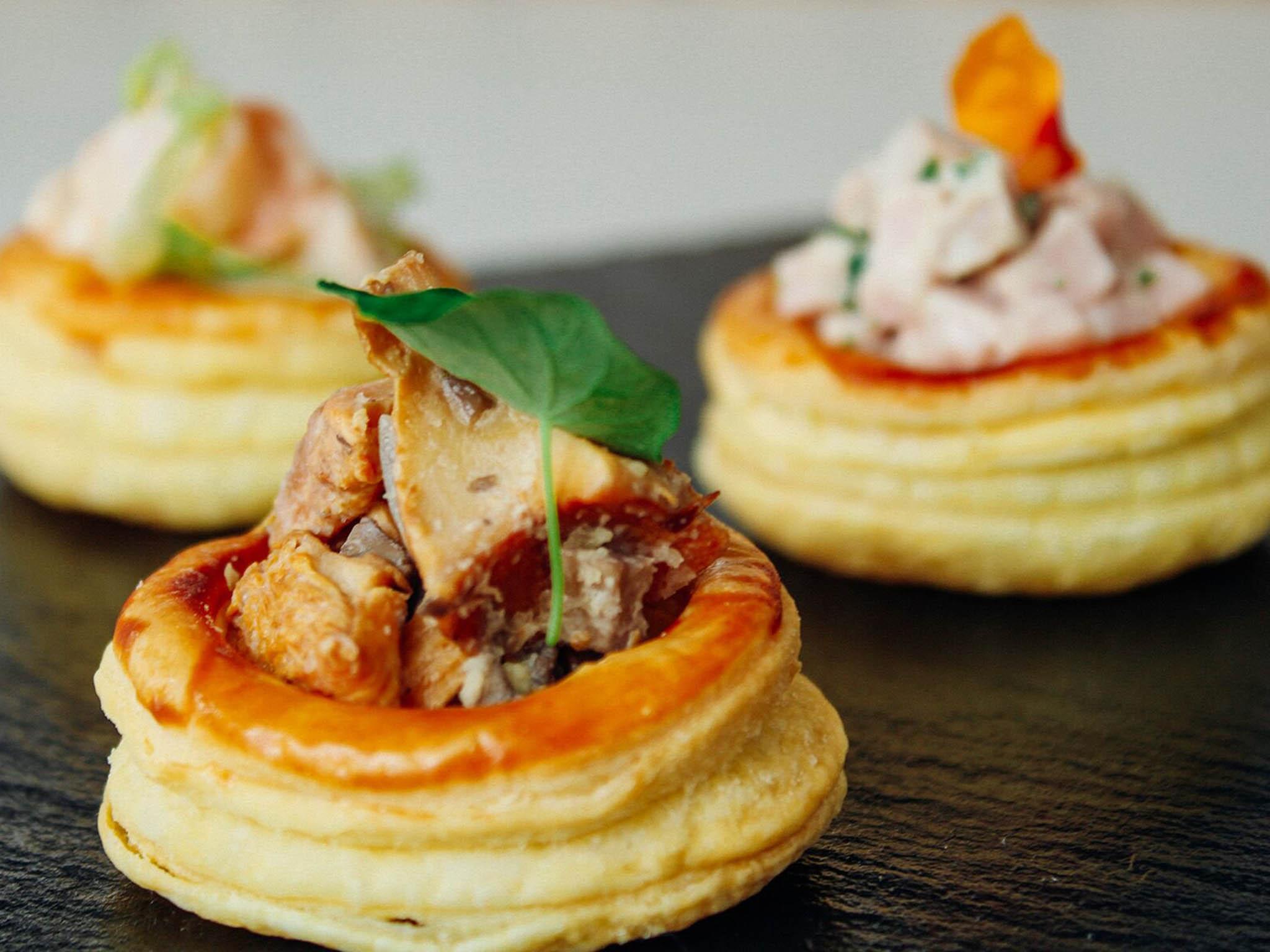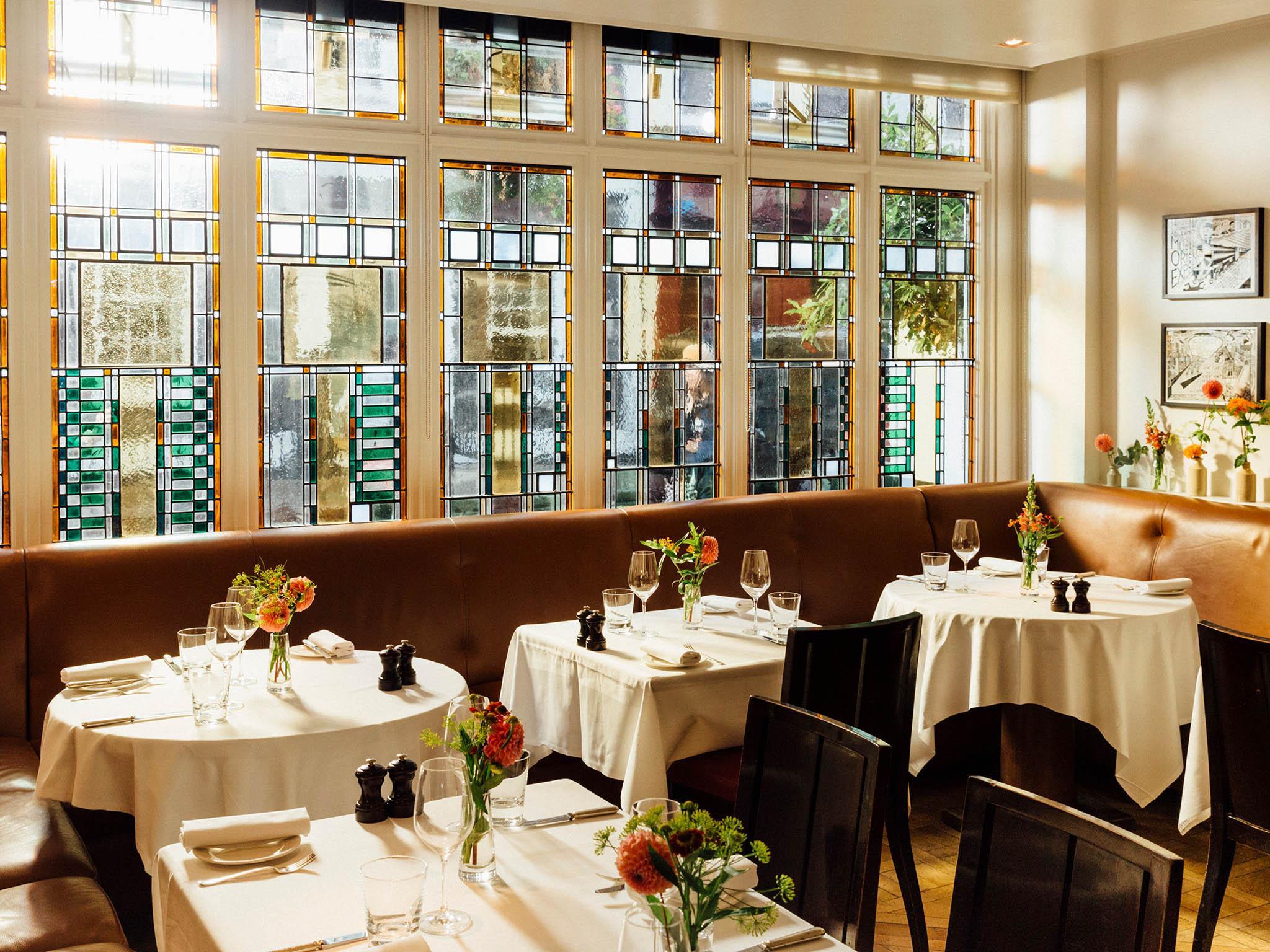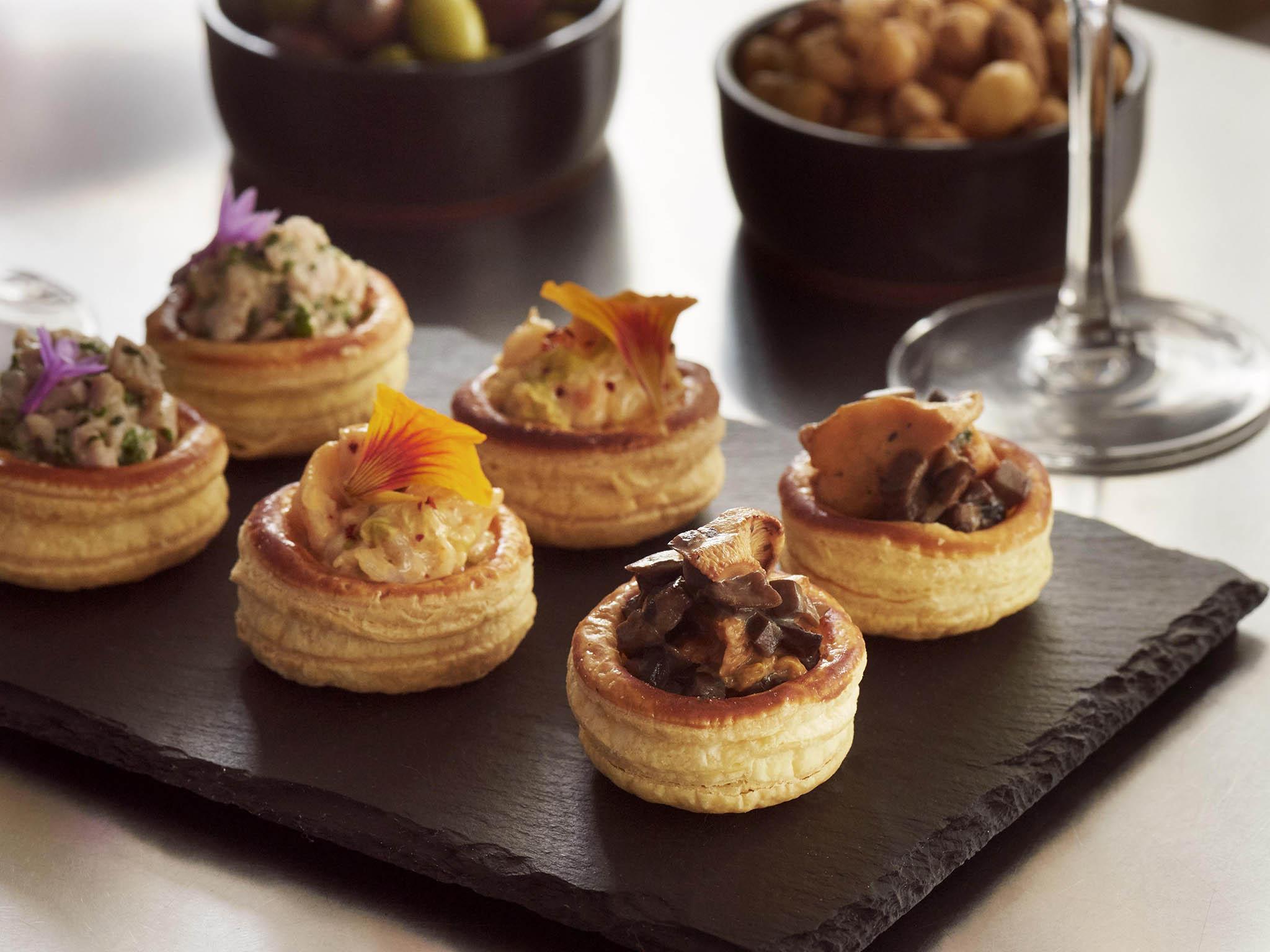Return of the vol-au-vent – the Seventies hors d'oeuvre that taste forgot
Food from five decades ago has enjoyed a rather unexpected long life; we can never seem to get rid of the prawn cocktail, as revival after revival comes. But one thing we thought we’d said goodbye to is the vol-au-vent, but all of a sudden it’s back on our menus

Your support helps us to tell the story
From reproductive rights to climate change to Big Tech, The Independent is on the ground when the story is developing. Whether it's investigating the financials of Elon Musk's pro-Trump PAC or producing our latest documentary, 'The A Word', which shines a light on the American women fighting for reproductive rights, we know how important it is to parse out the facts from the messaging.
At such a critical moment in US history, we need reporters on the ground. Your donation allows us to keep sending journalists to speak to both sides of the story.
The Independent is trusted by Americans across the entire political spectrum. And unlike many other quality news outlets, we choose not to lock Americans out of our reporting and analysis with paywalls. We believe quality journalism should be available to everyone, paid for by those who can afford it.
Your support makes all the difference.A dull moment? In the Vol-au-Vent Society? Impensable! For a year, a group of dedicated enthusiasts has been monitoring the return to fashion of a small masterpiece of pastry art unjustly consigned to retro food articles, treated with the amused condescension reserved for a cheese and pineapple skewer or a black forest gateau.
But the tide has turned. About to set off for a vol-au-vent test at the newish Bermondsey restaurant Pique-Nique, an alert comes in from another society member – a wine writer in civilian life.
Harrods has announced a new range of party food designed by Hélene Darroze, of London’s The Connaught hotel – including a vol-au-vent of lobster, sweetbreads and salsify. Food critic Fay Maschler has praised it. A major new sighting to be logged before embarking for Bermondsey.
Pique-Nique is a charming 30-cover restaurant, opened in the summer in an abandoned 1920s oak-frame pavilion in a small park in the lee of London Bridge.
The second restaurant of proprietor Herve Durochat and chef Sylvain Soulard, it follows its predecessor Casse-Croute’s successful policy of serving traditional French bistro staples in surroundings touched with Frenchness, but not quite repro-brasserie territory.

The vol-au-vent today is filled with crayfish, mushrooms (pleurottes and champignons de Paris) and quenelles de volaille, all slathered in a rich, brown crayfish bisque composed of crushed shells and heads, brandy and cream. The quenelles, elongated dumplings of poached mousse of chicken breast and cream, vital components of a classic vol-au-vent, are made every couple of days. “It’s funny”, says Soulard, “we had vol-au-vents on the menu at Casse-Croute for ages but we called them bouchees. At Pique-Nique, now we call them vol-au-vents, everyone’s asking for them.”

It’s a similar story over in Soho, at the venerable Quo Vadis in Dean Street, where chef Jeremy Lee, an accomplished exponent of Franco-British bourgeois cooking, features a vol-au-vent as plat du jour a couple of days a week. “We re-introduced a vol-au-vent for our 90th birthday last year,” says Lee, pausing from his evening rounds dispensing kisses and bon mots to the regular clients. “It went down a storm.” The vol-au -vent today is a splendid cubic specimen, a big fillet of pink smoked trout protruding from its crater, the filling a succulent ooze of little pink shrimps and mussels, copious chopped sea-greenery – rock samphire, sea aster, sea beet, stonecrop – and a deep-viridian spinach purée. The sauce base is a rich fumet of fish bits, lots of good white wine and chopped herbs and shallots, augmented with creme fraiche, double cream, and “beautiful white Portland crab-meat”.
The vol-au-vent revival is not just a metropolitan fad. A couple of months ago, Wellbourne, a new gastronomically ambitious wine bar in Clifton, Bristol, opened with an offer of vol-au-vents – with fillings of chopped veal, assorted mushrooms, local shrimp, cream sauces or mayonnaise – as small plates. Well, small slates actually, and the vol-au-vents were adorned with nasturtiums, but vol-au-vents nonetheless, Albeit of the dinky variety, a couple of inches diameter max, as found on supermarket party food shelves.
A true vol-au-vent is a substantial main-course dish. The first examples were big multi-portion pies created by the great eighteenth-century chef Marie-Antoine Careme, who replaced the heavy pastry in a tourte with flaky pate feuillete, so light that in the excitable Frenchified imaginations of his staff it could have flown off in the wind. The final tweak was applied by Marie Leszcynska, pastry-loving queen to Louis XV, who hit upon the idea of individual vol-au-vents, or bouchees, with the term Bouchee a la Reine term still common in France today.
In France, the restaurant vol-au-vent is nowadays found in very traditional establishments such as the historic Les Halles bistro Benoit, or the venerable Drouant where the Prix Goncourt jury has met since the 1940s. And in a number of high-end gastronomic power houses: Yannick Alléno of the super-swish Pavillon Ledoyen does a much-praised quail version, which was off when I called by this week. “The key thing with vol-au-vents is the ratio of size to liquid,” was the piece of advice Alléno slipped to me by way of consolation.

By a stroke of luck, I witnessed the vol-au-vent in its most ostentatious Parisian finery last year. The setting was a dinner for 300 in the grandiose salons of number 37 Quai D’Orsay, the French Foreign Ministry, a riot of gilded mirrors, pilasters, cherubs and ushers in white ties and tails. Legendary chef Alain Ducasse had done the fifth course, a vol-au-vent de grande tradition bourgeoise, served by a brigade of 18 extra staff with dozens of silver saucepans, and containing among its 34 ingredients assorted chicken offal including kidneys and coxcombs, veal kidneys and sweetbreads, truffles, quenelles, and obscure pre-prepared products like matignon – a fondue of vegetables – and calf’s-foot jelly.
The nearest you can get to this in London is at Le 110 de Taillevent in Cavendish Square, where the vol-au-vent follows the Parisian mother restaurant’s recipe, though with a mere 24 ingredients and the coxcombs minced up as some customers apparently find the little gelatinous objects off-putting.
But it’s the traiteur, purveyor of takeaway dishes, rather than the restaurant, which is the vol-au-vent’s more common habitat nowadays. Vol-au-vents and bouchees are still baked daily in hundreds of neighbourhood Parisian traiteurs, while big, smart emporia such as La Grande Epicerie are offering tempting new ranges at the moment for the winter party season.
In the UK, economy models are the norm, provided by the likes of Marks and Spencer, Waitrose (perfectly acceptable) and Tesco (a bit dry and reliant on alien items like chorizo, the Japanese knotweed of food ingredients). Until now, with Harrods’ new entry at the Concorde end of the spectrum, and the market primed and ready for take-off. Exciting times for the Vol-au-Vent Society.
Join our commenting forum
Join thought-provoking conversations, follow other Independent readers and see their replies
Comments